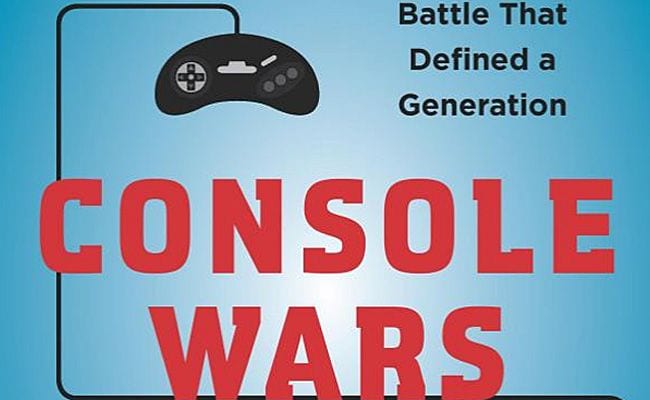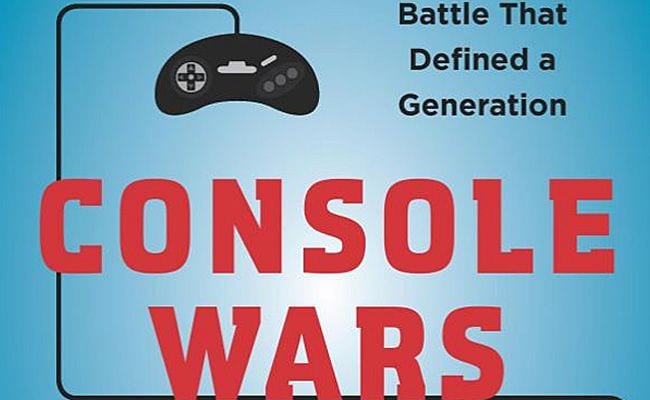
Cultural artifacts have economic histories.
The relationship that exists between culture and economics might seem, on the surface, as one that may well be tense and perhaps antagonistic, as both appear to be civilizational elements that move in opposite directions. The former is expressive, exploratory, potentially excessive. The latter is efficient, organized, logical. And yet, the economic conditions within which a cultural artifact provides rich context and meaning to the thing, oftentimes tells a larger story around the story.
Consider the role of patrons in the productive lives of the Renaissance painters, whose works would have been eternally suppressed by squalor were it not for the particular sensibilities of those patrons. Consider also AMC’s Breaking Bad, whose beautiful, desolate New Mexican setting that seems so central to the spirit of the tale was actually the product of economic happenstance. Vince Gilligan, the show’s creator, had originally set the pilot in California, but attractive tax credits enticed the entire production to relocate to Albuquerque, New Mexico. Cultural artifacts are the products of their economic histories.
As it logically follows, video games possess an economic history as well, and this idea is ostensibly the focus of Blake J. Harris’ book, Console Wars, whether he realizes it or not. The book portends to chronicle a particular moment in the game industry history (the ’90s, specifically), one that witnessed an industry-shaping battle between two corporate powerhouses: a feisty up-and-comer called Sega and the then-behemoth known as Nintendo.
Harris largely tells the story as a hero’s journey, with former toy company executive Tom Kalinske as the principal protagonist and a plot to take down Nintendo as his anointed quest, and readers are led through his trials and tribulations in a linear and cinematic fashion. We follow Kalinske as he galvanizes a team, as he outwits adversaries, as he navigates corporate civil war, as he commits acts of grand strategy.
But the real story here is the one that takes place on a wider, structural level. The rivalry between Sega and Nintendo at the heart of Console Wars is rife with a veritable menagerie of oppositional dualities — upstart v. incumbent, insurgent v. establishment, improvisation v. convention, American v. Japanese – such that one might even be forgiven for using the word “dialectic” to describe what took place in this period and what happened next. Console Wars too often stays close to the ground, and in doing so, largely misses what’s truly interesting about this particular battle.
That said, the details that Harris unearths are quite splendid. On the one hand, you have accounts of fascinating and often quirky corporate maneuvering, like Sega’s decision to open up shop close to Wal-Mart’s headquarters in Arkansas as a large-scale psychological play to win a distribution deal. On the other hand, you also get little stories of truly productive historical oddities, like the creation of Nintendo Power, the company’s gaming publication, which largely came about through a fortuitous discovery of a warehouse manager and videogame prodigy named Howard Phillips. Console Wars is peppered with juicy morsels like these, and both gaming scholar-enthusiasts as well as the detail-oriented will surely get a kick out of it.
The details, though, are trite compared to the larger ideas that the book is able to provoke. To some extent, the book can also function as a gentle reminder of both the self-consuming nature of human economic affairs as well as the futility of human ambition. One only requires a cursory look at the contemporary form of the gaming industry to recognize that both corporate entities in the book are, by almost every measure, pale shadows of their old selves.
Kalinske, while possibly still known in more devoted gaming circles, is largely lost to history – a dust bunny at the feet of truly revered gaming figureheads like Shigeru Miyamoto, John Romero, Will Wright, and Peter Molyneux. (Perhaps this is more a reflection on the fact that in the gaming industry, much like the film industry, is one that does not remember its executives). The individual-focused scope of the book does not leave much active room to contemplate this within the immediate narrative, which would be more of a shame if the book weren’t so frustrating to read.
Alas, while Console Wars covers really compelling ground, it is unfortunately deeply flawed in its execution – so much so that it hampers one’s ability to trust the author at any capacity. Much of this is rooted in Harris’ methodological choices. For some reason, Harris committed himself to a narrative reconstruction of events, which is a risky gambit because this particular method requires the deployment of literary embellishments to fill in the blanks left out by gathered evidence. Now, despite the degree of difficulty, the nonfiction-historical genre has seen this historiographical method successfully employed before. Heck, even the budding subgenre of game industry history books has seen it effectively utilized before, with David Sheff’s 1993 Game Over.
But Harris’ deployment of the method is so clunky and awkward that it’s incredibly difficult to take him seriously. Coupled together with the fact that his prose is often cripplingly simplistic, Console Wars comes out as a piece of text that’s very hard to trust in its interpretation of primary material. Take this exchange contained in the book, for example:
“Tom,” Olaf Olafsson said, tapping his target on the shoulder, “I’ve been looking for you.”
“Funny,” Kalinske said, “Because I’ve been looking for you.”
“Sure, sure,” Olafsson said.
“Don’t sure-sure me,” Kalinske said. “I mean it! I’ve been around this room twice and am starting to suspect that the only way I could have missed you both times would be if you had been following right behind me.”
The author’s note printed at the beginning of the book reveals that Harris’ research involved hundreds of interviews, and that he “re-created the scenes in this book using the information uncovered from my interviews, facts gathered from supporting documents, and my best judgment as to what version most closely fits the documentary record.” It goes on: “In certain situations, details of settings and description have been altered, reconstructed, or imagined.” When re-reading the note after finishing the book, one realizes: it’s a warning.
Fidelity to the facts matters for a project like this. When quote reconstructions are so awkwardly and florally it’s hard to tell what’s real and what’s imagined, and whatever truth can be found in Console Wars‘ pages suffer greatly and tragically from it. Still, there’s something to be gleaned from Harris’ subpar craftsmanship.
Molded in such a manner, Console Wars as a text ends up being a microcosm of the gaming industry as a medium. Here we have a book that’s trying very hard to sell a story that is fascinating, vibrant, and potentially important in the long run of cultural economics, but is unfortunately not quite able to transcend the immaturity of its creator at this point in time. This is not to disregard some truly great books that have been written about the medium – Sheff’s Game Over has already been mentioned, but I want to give specific props to Tom Bissell’s Extra Lives and David Kushner’s Masters of Doom, among others – much like I want to not employ any disrespect for any boundary-pushing video game, like Naughty Dog’s truly revolutionary The Last of Us. But it’s definitely a complex that haunts the gaming industry, and it’s going to take something bigger and better to truly push video games into the cultural-artistic mainstream.
Console Wars isn’t necessarily a step backwards in that regard, it’s just a missed opportunity.

